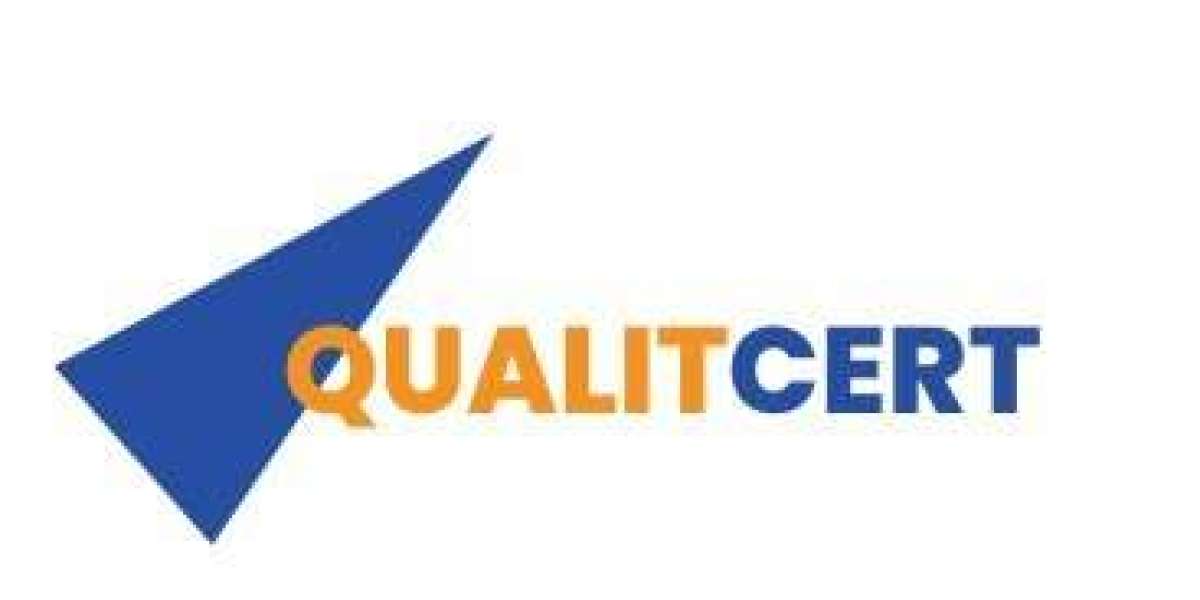The Wound Cleanser Market is experiencing robust growth, fueled by rapid technological advancements and a paradigm shift toward outpatient and home-based wound care. As global healthcare systems adapt to manage rising patient volumes and chronic conditions, wound cleansers have become a critical component in facilitating safe, efficient, and accessible treatment beyond the hospital setting.
Outpatient and Home-Based Care Fuel Demand
The global trend toward decentralization of healthcare—where care is shifting from hospitals to outpatient clinics, ambulatory surgical centers, and even patients’ homes—is significantly boosting demand for user-friendly and effective wound cleansers. The COVID-19 pandemic further accelerated this shift, encouraging providers to limit hospital stays and reduce the risk of hospital-acquired infections (HAIs).
Outpatient wound care is especially vital for managing surgical wounds, pressure ulcers, diabetic foot ulcers, and minor traumatic injuries. In such settings, wound cleansers must be easy to apply, safe for repeated use, and capable of supporting healing without clinical supervision. Products like spray-based cleansers, no-rinse foam solutions, and individually packaged sterile wipes are gaining popularity for their portability and ease of use.
Technological Innovation Drives Product Differentiation
At the core of the market’s growth is an accelerating wave of product innovation. Traditional saline and iodine-based solutions are being rapidly replaced or enhanced with next-generation cleansers that incorporate antimicrobial agents, bioactive molecules, and nanotechnology.
Emerging technologies include:
Hypochlorous acid-based formulations: Offering broad-spectrum antimicrobial efficacy with minimal cytotoxicity, these are widely used for acute and chronic wounds.
pH-balanced and isotonic solutions: Designed to maintain the skin's natural environment, encouraging faster and less painful healing.
Smart packaging and single-dose systems: Enhancing hygiene and compliance, especially in outpatient and home settings.
Rising Chronic Disease Burden and an Aging Population
The rising global prevalence of diabetes, obesity, and cardiovascular conditions has led to an increase in chronic wounds such as diabetic foot ulcers and venous leg ulcers. These wounds require ongoing care and cleansing to prevent infection and facilitate healing. Simultaneously, the global population is aging, with older adults being more prone to skin breakdown, injuries, and delayed wound healing.
For both chronic wound management and geriatric care, advanced wound cleansers are preferred for their gentle yet effective formulations. Non-cytotoxic cleansers that maintain moisture balance and promote tissue regeneration are especially valuable in outpatient scenarios, where wound care must be efficient and minimally disruptive to the patient’s daily routine.
Telemedicine and Digital Wound Care Integration
Another key factor driving the market is the integration of wound cleansers into telemedicine and digital wound care platforms. With clinicians increasingly evaluating wounds remotely, there’s a rising need for products that patients or caregivers can use safely at home under virtual supervision.
Digital health apps now support wound tracking, guide proper application of cleansers, and facilitate communication between healthcare professionals and patients. Some advanced wound cleanser kits include QR codes linking to instructional videos or digital guides, helping improve compliance and outcomes in remote care models.
As digital wound care evolves, the role of wound cleansers as part of a connected, patient-centered ecosystem will become even more significant.
Competitive Landscape and Market Expansion
The competitive landscape of the wound cleanser market is marked by continuous innovation and strategic collaborations. Key players such as Smith & Nephew, 3M, ConvaTec, Coloplast, and Medline Industries are investing in R&D to develop novel solutions with superior antimicrobial activity, ease of use, and biocompatibility.
Start-ups and emerging players are also entering the space with specialized products targeting niche applications, such as pediatric care, burn wounds, or eco-friendly wound cleansers. Private-label brands and local manufacturers are growing in Asia-Pacific and Latin America, where demand for affordable outpatient wound care solutions is surging.
Global expansion efforts include strategic partnerships with outpatient clinics, home healthcare providers, and e-commerce platforms to increase product accessibility and market penetration.
Regulatory Support and Reimbursement Trends
Government initiatives supporting outpatient care and chronic disease management are creating a favorable environment for the wound cleanser market. In many countries, wound cleansers are covered under public or private insurance schemes when used for conditions like diabetic ulcers or post-surgical wound care.
In the U.S., for example, Medicare reimbursement policies for home health services include wound care supplies, encouraging broader adoption of advanced products. Similar support is growing in the EU and select regions in Asia.
These developments underscore the clinical and economic value of wound cleansers in reducing complications, hospital readmissions, and overall treatment costs.
Challenges and the Road Ahead
Despite strong momentum, the wound cleanser market faces challenges including:
Variability in clinical guidelines for outpatient wound care.
Limited product awareness among non-clinical users.
Cost barriers in low- and middle-income countries.
Regulatory inconsistencies across markets.
Addressing these challenges requires continued education, robust clinical data, and scalable innovations that balance efficacy and affordability.
Conclusion: A Market at the Crossroads of Innovation and Accessibility
The wound cleanser market stands at a dynamic intersection of healthcare innovation and patient-centered care delivery. As outpatient and home-based care models become more widespread, and technology reshapes product performance and usability, wound cleansers are set to play an increasingly vital role in wound management strategies.
With a growing emphasis on infection prevention, chronic care, and decentralized healthcare, the market’s trajectory points toward sustained expansion—anchored in innovation, accessibility, and a renewed focus on empowering patients and caregivers alike.








